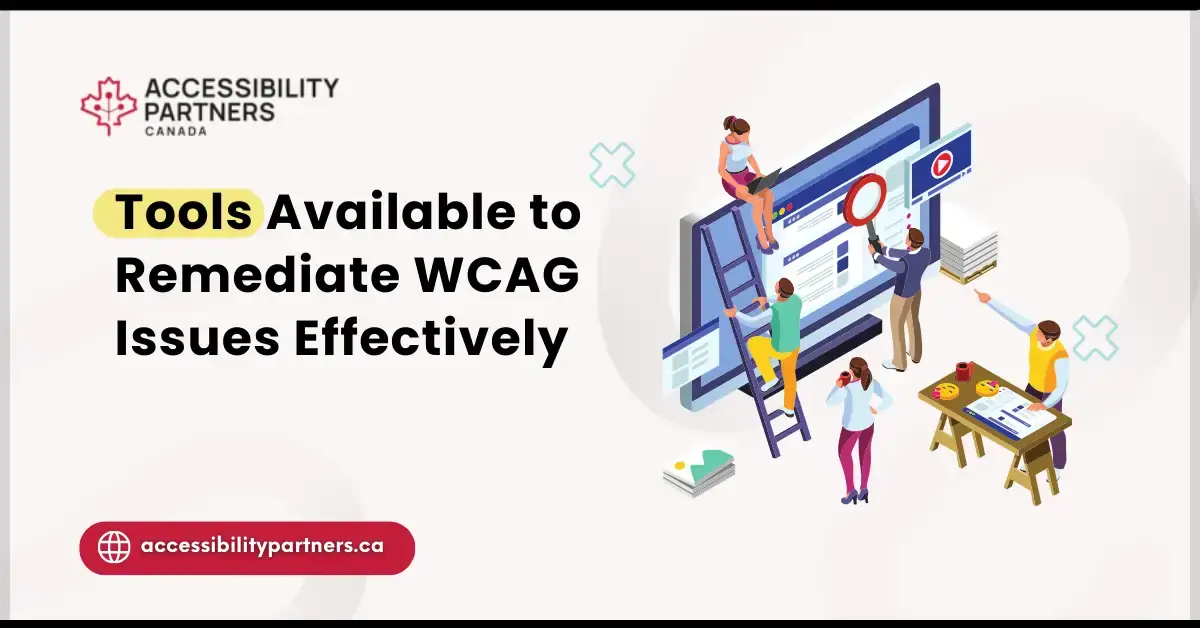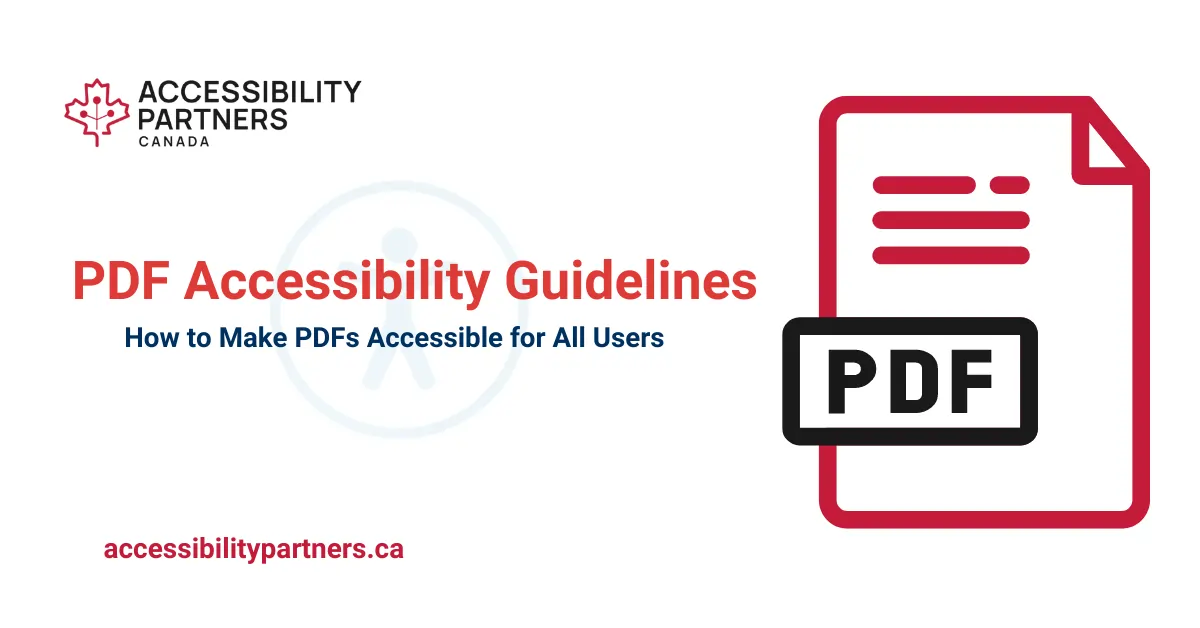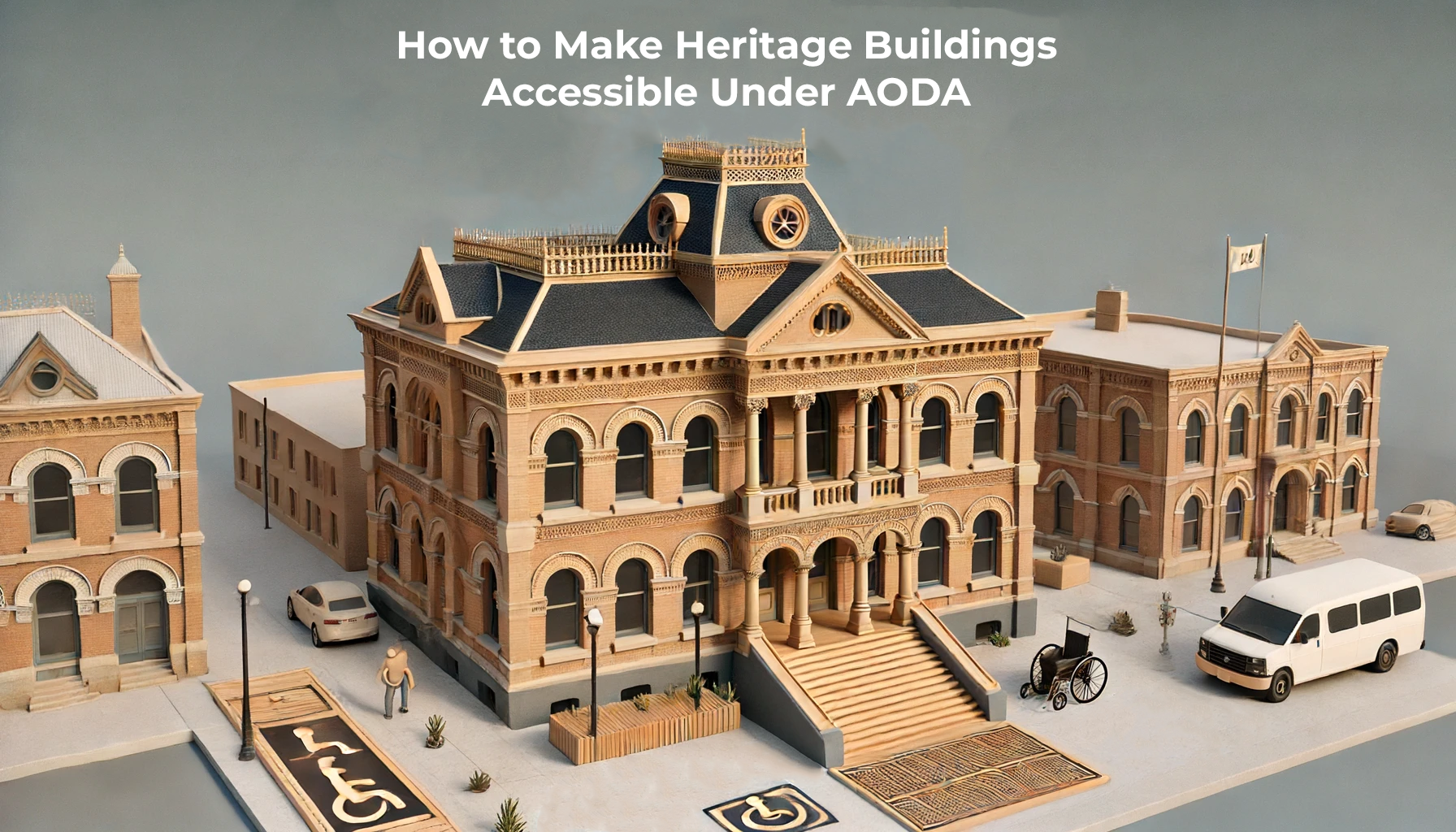
Jaclyn Pope
Digital Accessibility Consultant
Jaclyn Pope is a tenacious and forward-thinking web developer dedicated to promoting digital accessibility. Her personal and professional journey illustrates a remarkable transition from adversity to empowerment, highlighting the transformative power of technology and resilience.
Background and Determination
- Education: Jaclyn embarked on a transformative journey in UX/UI Design at the University of Toronto and Juno College, propelling her into a second career after being diagnosed with several vision-related conditions in 2019.
- Challenges: Her medical journey has been fraught with challenges, including Macular Degeneration, Diabetic Retinopathy, Glaucoma, and Cataracts. Despite these significant obstacles, Jaclyn’s spirit and resolve have remained steadfast.
- Stroke and Legal Blindness: In 2019, Jaclyn faced a monumental challenge when a sudden stroke resulted in legal blindness. However, her unwavering determination to persevere set the stage for her future accomplishments.
Digital Accessibility Consulting
- Empowering Others: As a Digital Accessibility Consultant, Jaclyn channels her personal experiences and technical acumen to champion the development of digital platforms that are inclusive and accommodating for all users.
- Advocacy: She is a staunch advocate for accessible design principles, relentlessly promoting equal access to information and services and ensuring that digital spaces are welcoming to everyone.
- Web Development Goals: With aspirations to become a full-stack web developer, Jaclyn is committed to designing applications that not only meet but exceed accessibility standards, prioritizing the needs of individuals with visual impairments.
Jaclyn Pope’s story is a testament to the idea that life’s greatest challenges can pave the way for significant growth and purposeful achievements. Her journey continues to inspire and influence the digital world, pushing the boundaries of what is possible in creating a more inclusive and accessible digital environment.
Jaclyn Pope Blog's
Achieving WCAG compliance is key to creating an inclusive user experience and staying on the right side of legal requirements. Thankfully, numerous tools are available to help organizations address accessibility issues efficiently. In this article, we’ll dive into the importance of WCAG, and common accessibility challenges, and Discover what tools are available to remediate WCAG issues and ensure web accessibility compliance with effective solutions for all accessibility needs.
In today's world, digital accessibility has become a priority, and PDFs are a widely used format for sharing information across various platforms. While PDFs offer convenience, they can pose challenges for users with disabilities if they are not properly formatted for accessibility. Ensuring your documents comply with PDF accessibility guidelines is crucial to reach all users.
In today's rapidly evolving urban landscape, the integration of accessible features into new and modern buildings has become a standard practice. However, there is often a significant gap in this progressive approach when it comes to our cherished heritage buildings. These historical structures, rich with cultural and architectural significance, frequently lag in accessibility. As we strive for a more inclusive society, it is crucial to explore and implement innovative solutions that make these historic buildings accessible to everyone.
Accessibility is fast becoming one of the core service pillars of government organizations and businesses. Now more than ever, organizations work to ensure that their spaces serve people with disabilities respectfully and comfortably. This shift is due to the advocacy of various disability groups, growing social consciousness, and accessibility laws such as the ADA, AODA, and ACA. Embarking on the accessibility journey can be daunting for beginners, but having a prudent accessibility plan is the key.
Disability affects many Canadians. Over 22% currently have a disability and this figure increases to 38% for those over 65. With 1.85 million Ontarians affected, the prevalence of disability is expected to grow from one in six today to one in five in the next 20 years. These numbers will have an increasing influence on many Canadians as they consider the accessibility of businesses and services, often influenced by family members or friends with disabilities.
In a world where inclusivity is paramount, architecture stands as a silent yet powerful force shaping the accessibility of our built environments. It goes beyond just creating visually stunning structures; innovative architecture holds the potential to break down physical barriers and foster a more inclusive society.






